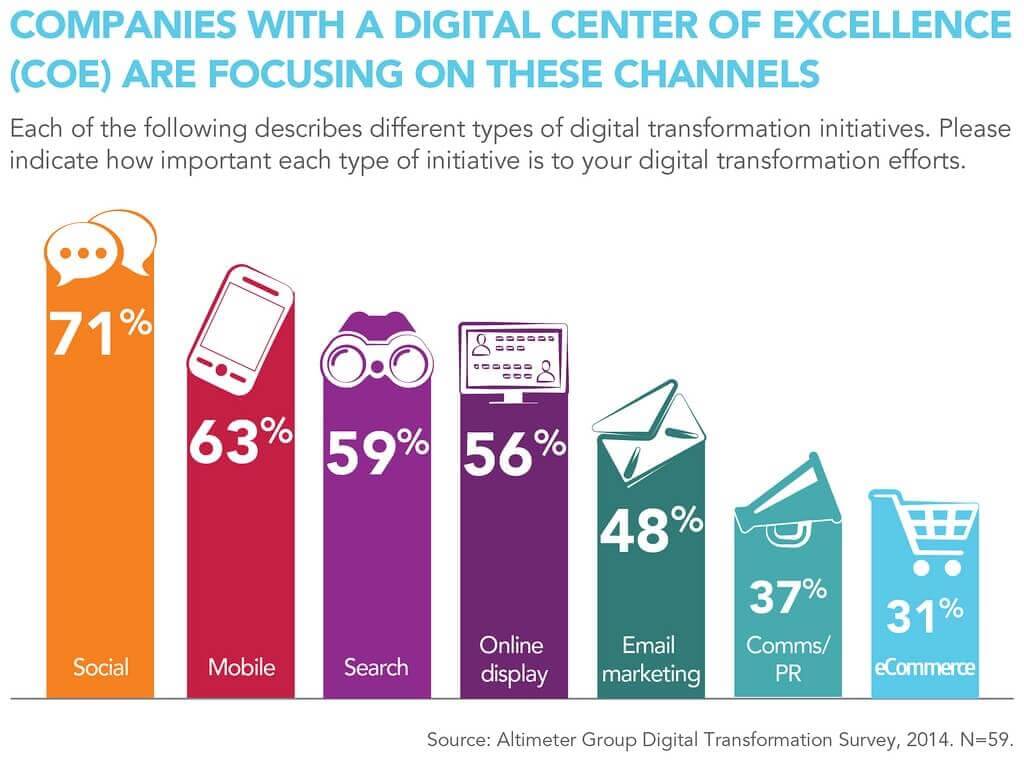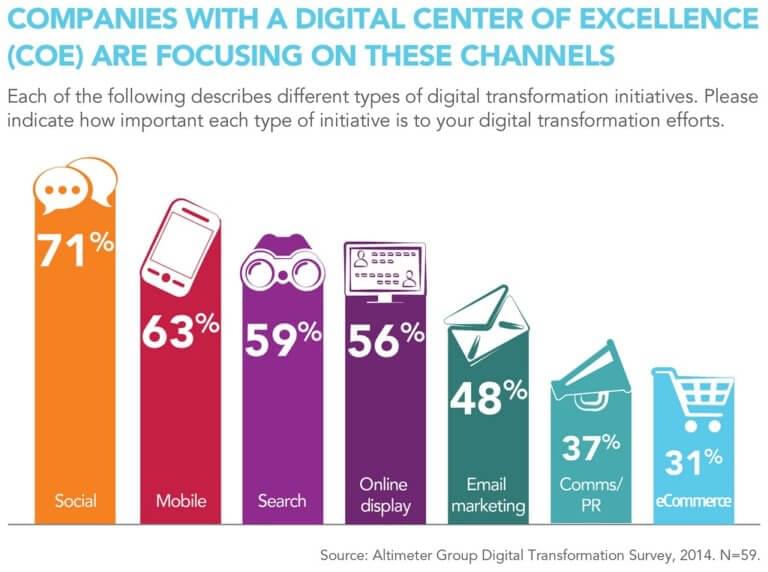
Digital marketing is a broad and dynamic field that encompasses a variety of strategies and tactics designed to promote products, services, or brands online. It leverages the internet and digital technologies to reach and engage with customers effectively. In this blog post, we’ll explore what digital marketing is, its key components, and why it’s essential for businesses in today’s digital age.
Definition
Digital marketing is the promotion of products or brands via one or more forms of electronic media. Digital marketing differs from traditional marketing in that it involves the use of channels and methods that enable an organization to analyze marketing campaigns and understand what is working and what isn’t – typically in real time. It is the process of attracting targeted audiences online that will point out the difference between a booming business and a failed venture. Digital marketing gives business owners the tools to compete, survive, and grow.
Digital marketers monitor things like what is being viewed, how often and for how long, sales conversions, what content works and doesn’t work, etc. Brick-and-mortar businesses are either changing their business models to online ones or boosting their existing marketing efforts with digital marketing strategies, with the intention of growing an online marketplace to match the current times.
Digital marketing comes with its share of channels. Down below you’ll find what they are, and you can pick and choose which one you want to focus on for your company.
Why is Digital Marketing Important?
Digital media is so pervasive that consumers have access to information any time and any place they want it. Gone are the days when the messages people received about your products or services came from you, directly, and consisted of only what you wanted them to know. Digital media is an ever-growing source of entertainment, news, shopping and social interaction where consumers are now exposed to what the media, friends, relatives, peers, etc., are saying about your brand, not just what you’re saying about your brand. They are more likely to believe the other outside reviews than you. People want brands they can trust, companies that know them, communications that are personalized and relevant, and offers tailored to their needs and preferences. To meet these evolving consumer expectations, businesses can benefit from consultant services that specialize in digital media strategy and branding. They can provide valuable insights and guidance on how to build trust, establish personal connections, and create tailored offers that resonate with your target audience in the digital landscape.
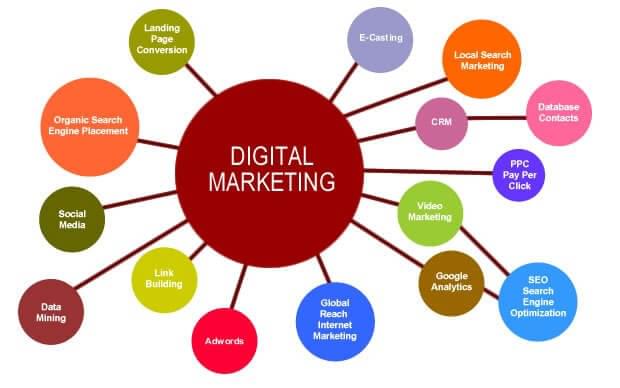
Key Components of Digital Marketing
- Search Engine Optimization (SEO): SEO is the practice of optimizing a website to rank higher in search engine results pages (SERPs). This involves using targeted keywords, optimizing content, and improving website structure to attract organic traffic.
- Content Marketing: Content marketing involves creating and distributing valuable, relevant content to attract and retain a target audience. This can include blog posts, articles, videos, infographics, podcasts, and more.
- Social Media Marketing: Social media marketing uses platforms like Facebook, Instagram, Twitter, and LinkedIn to promote products, engage with customers, and build brand awareness.
- Email Marketing: Email marketing is the practice of sending targeted emails to customers or prospects to nurture relationships, promote products, or share valuable content.
- Pay-Per-Click (PPC) Advertising: PPC advertising involves paying for ads on search engines or other platforms that only charge when a user clicks on them. Google Ads and Facebook Ads are popular PPC platforms.
- Affiliate Marketing: In affiliate marketing, businesses partner with affiliates who promote their products in exchange for a commission on sales or leads generated through their efforts.
- Influencer Marketing: Influencer marketing leverages partnerships with individuals who have a large following on social media or other platforms to promote products or services.
- Video Marketing: Video marketing uses video content on platforms like YouTube, TikTok, or Instagram to engage audiences and promote products or services.
- Mobile Marketing: Mobile marketing focuses on reaching customers through mobile devices, including SMS campaigns, mobile apps, and location-based marketing.
Why Digital Marketing Can Help Grow Business
Because of the evolution of modern technologies, companies and brands are harnessing the powers of digital marketing to evolve their own business. These are some reasons why digital marketing is your good friend:
– small companies have the same opportunity as larger companies to market on an online, even playing field
– it’s cost-effective, more cost-effective than traditional marketing
– it delivers conversion that brings leads, subscribers, and sales
– it helps generate better revenue through higher conversion rates
– targeted audiences are engaging with the content
– it is meant for the mobile consumer; everybody who has their device near them
– it builds brand reputation; paying customers become loyal customers who can become brand ambassadors
– it leads to a better ROI for marketing investments
– people trust digital marketing through social proof; your target can pass that trust on to their inner circles
– calls-to-action encourage people to take favorable action
– it enables your business to be a part of the global, interconnected ecosystem called the internet
– it allows your business to exist and survive in an online presence
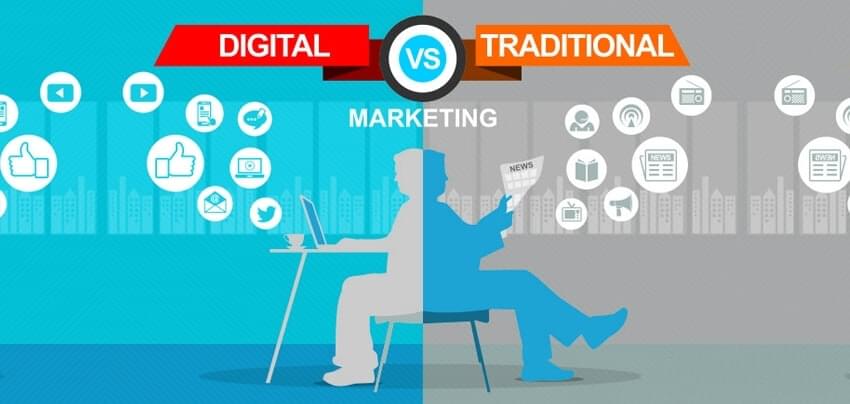
The 5Ds of Digital Marketing
Digital marketing today is about more audience interaction than just website or email. It involves managing and harnessing these ‘5Ds of Digital’ that have been defined below. The 5Ds define the opportunities for consumers to interact with brands and for businesses to reach and learn from their audiences in different ways:
- Digital devices – audiences experience brands as they interact with business websites and mobile apps, typically through a combination of connected devices including smartphones, tablets, desktop computers, TVs and gaming devices
- Digital platforms – most interactions on these devices are through a browser or apps from the major platforms or services, which includes Facebook, Instagram, Google, YouTube, Twitter and LinkedIn
- Digital media – different paid, owned and earned communications channels for reaching and engaging audiences including advertising, email and messaging, search engines and social networks
- Digital data – the insight businesses collect data about their audience profiles and their interactions with businesses, which now needs to be protected by law in most countries
- Digital technology – the marketing technology or martech stack that businesses use to create interactive experiences from websites and mobile apps to in-store kiosks and email campaigns
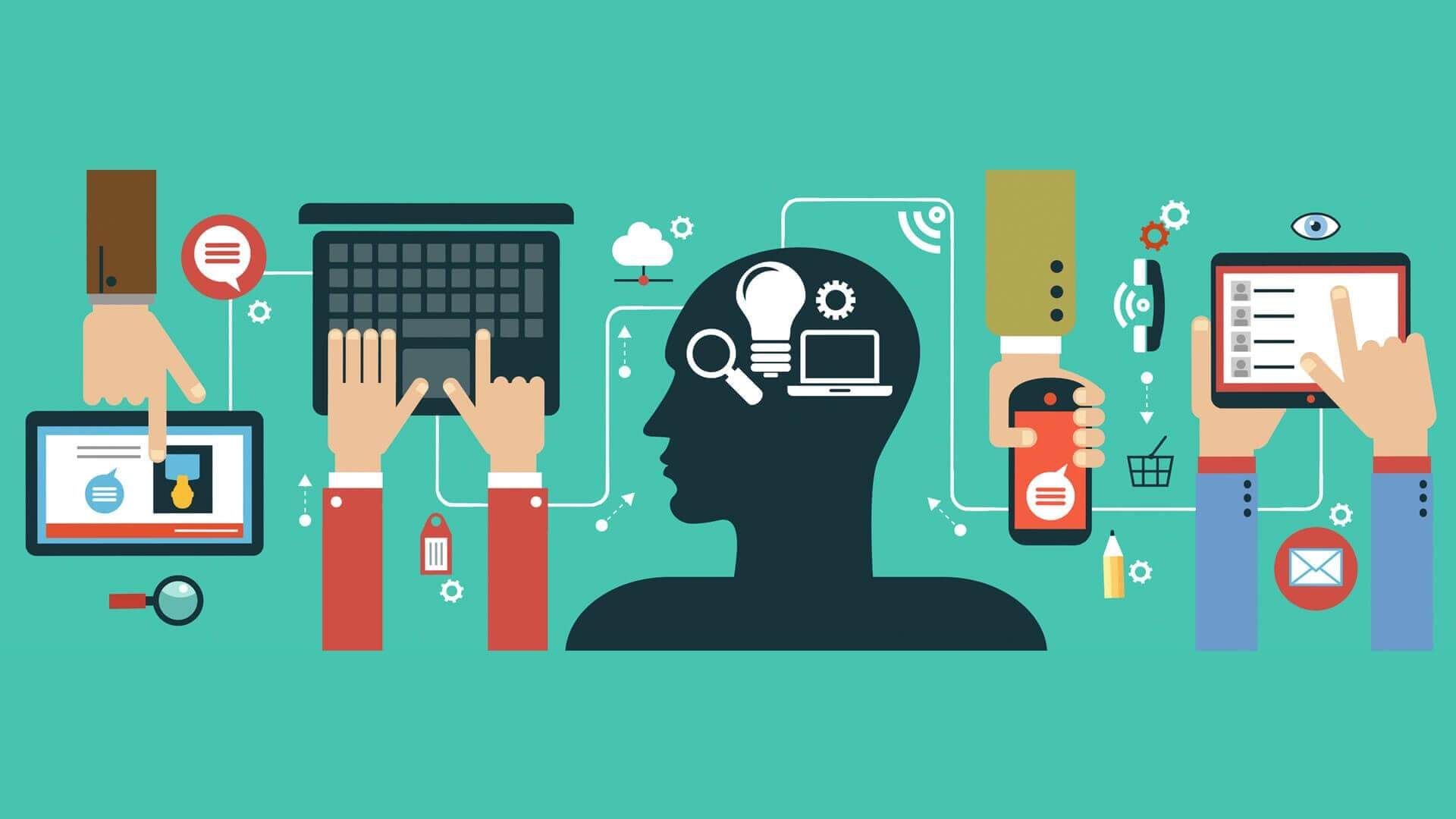
Future of Digital Marketing
The future of digital marketing promises exciting opportunities and challenges as technology continues to evolve and consumer behaviors shift. As businesses strive to stay ahead in the digital age, here are some key trends and developments that will shape the future of digital marketing:
1. AI and Machine Learning:
Artificial intelligence (AI) and machine learning are revolutionizing digital marketing by enabling personalized experiences, automating tasks, and providing data-driven insights. These technologies will continue to improve targeting, content creation, and customer service.
2. Voice Search and Voice Marketing:
The rise of voice-activated devices like smart speakers and voice assistants is changing how people search for information and interact with brands. Optimizing content for voice search and creating voice-based advertising will become increasingly important.
3. Augmented Reality (AR) and Virtual Reality (VR):
AR and VR technologies offer immersive experiences that can enhance product demonstrations, virtual shopping, and interactive storytelling. Brands will leverage these technologies to engage customers in innovative ways.
4. Privacy and Data Protection:
As privacy regulations like GDPR and CCPA become more prevalent, businesses must prioritize data protection and transparent data practices. Building trust with customers through responsible data handling will be crucial.
5. Personalization and Customer Experience:
Consumers expect highly personalized experiences based on their preferences and behavior. Digital marketing will continue to focus on delivering tailored content and recommendations to enhance the customer journey.
6. Interactive Content:
Interactive content, such as quizzes, polls, and interactive videos, will become more popular as a way to engage audiences and provide valuable insights about their preferences and needs.
7. Influencer Marketing Evolution:
Influencer marketing will evolve to become more authentic and focused on micro-influencers with niche audiences. Brands will seek influencers who align with their values and can create genuine connections with consumers.
8. Social Commerce:
Social media platforms are increasingly integrating e-commerce features, allowing users to shop directly from social media posts. This trend will continue, blurring the lines between social media and online shopping.
9. Conversational Marketing:
Chatbots and messaging apps will play a bigger role in customer service and engagement. Conversational marketing allows brands to interact with customers in real-time and provide personalized support.
10. Video Content Dominance:
Video content will remain a dominant force in digital marketing. Live streaming, short-form videos, and interactive video experiences will capture audiences’ attention and drive engagement.
11. Cross-Channel Marketing Integration:
The future of digital marketing will involve seamless integration across multiple channels, including online, offline, and mobile. Brands will need to create consistent and cohesive experiences for customers across all touchpoints.
12. Blockchain and Transparency:
Blockchain technology could impact digital marketing by enhancing transparency in advertising and data sharing. This may lead to more secure and trustworthy interactions between brands and consumers.
Facebook:
– still the #1 social media platform in the United States
– 41% of its users being over the age of 65
– appropriate for targeting an older/senior demographic
Instagram:
– their meteoric rise has passed one billion users
– its user base is primarily of the younger demographic (mostly, users under 30 years old)
Chatbots:
– these text chat windows are used by the plenty on Facebook
– providing weather reports and helping with customer service needs
– are allowed to get that much more personal with users

Video:
– 73% of Americans use YouTube
– video is now paired with accurate and valuable user metrics of digital media to provide key data on how specific functions are performing
– good video production and content makes for a top-tier, effective digital marketing tool
Live Video:
– due to the spike in streaming services, such as video game play on the PS4, live streaming abilities have the power to digital market through influencer marketing
– having a social media or celebrity influencer who is interacting with comments draws audiences in
Content Marketing:
– having a thorough understanding of your target can lead to effective content marketing that hones in on what your audience will be interested in
– specialized material for specific people can bring home impressive results
– keeping content relevant and forward-thinking can lead to heavy traffic
Personalized Email:
– email is the final step to motivate a consumer’s actions
– too generic or automated of a message leaves people bored
– if the email offers a promotion or a demo video of a product, after someone browses that same product, it can be an effective way to make that consumer a loyal buyer
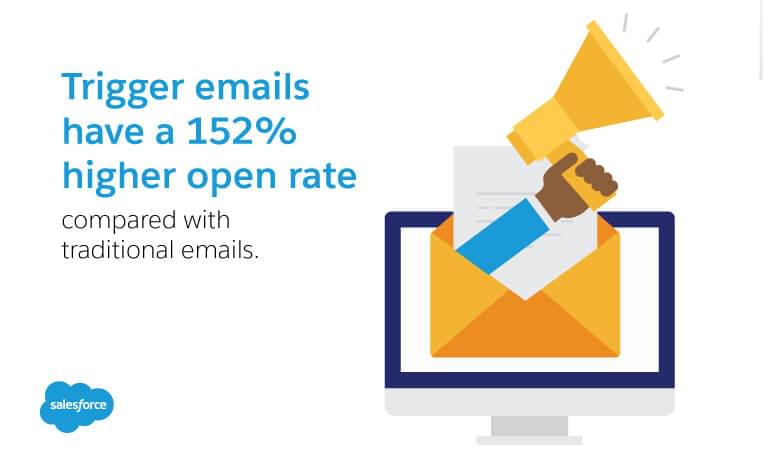
Voice Interaction:
– due to the popularity of Siri, Google, Alexa, and others, verbal interaction with technology is on the rise
– people prefer to talk instead of type out
– content can read better when it is spoken, as opposed to using a text-based search approach
– digital marketing can make waves in this rising recognition device
Conclusion
Digital marketing is extremely important to put into effect this year, as businesses are using this to better connect with their clients and potential clients. Digital marketing drives your business forward, and creates lasting impressions on a wide range of people. Digital marketing is a powerful tool that can help businesses grow their brand, reach new customers, and achieve their goals. By leveraging the right strategies and staying up to date with the latest trends and technologies, businesses can succeed in the ever-evolving world of digital marketing. Whether you’re a small business or a large enterprise, a well-planned digital marketing strategy can give you a competitive edge and drive success.


